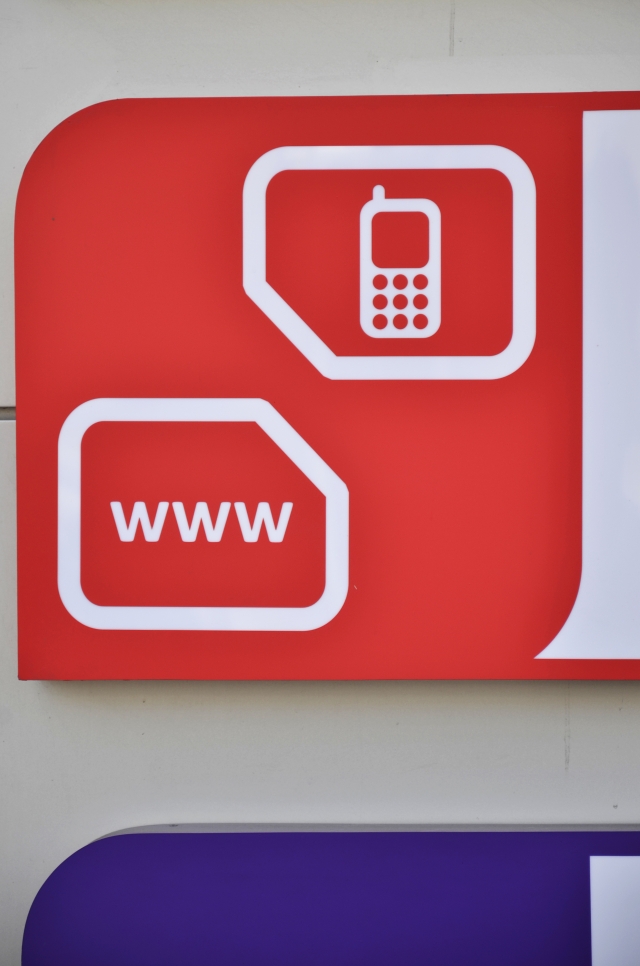The Outcome Of TechHive’s 2013 National Mobile Network Test

Never underestimate the power of a smaller, growing publication. Tech Hive’s phone network test conducted last May demonstrates the impact that independent bloggers can have. For the fourth year in a row, they tested mobile internet services provided by popular carriers.
On May 20, 2013, Tech Hive evaluated cell phone internet performance in 10 different locations in 20 different cities. They checked out indoor Wi-Fi connections in places like coffee shops, and they also spent some time outdoors. They primarily targeted highly urbanized locations — not the suburbs, farm or country.
This test evaluated the following attributes:
Tech Hive did this to determine how well a mobile company performs. It also made people more aware of service quality. That way, they can make educated choices about mobile carriers and data plans.
The TechHive.com 3G network evaluation was conducted on an Apple iPhone 4s, and the 4G/LTE was tested on a Samsung Galaxy Note II. No other phones or devices were reported as used for this testing project.
In addition to the phones, testing involved the use of an automated measuring tool. The equipment for this experiment made it easy to collect and calculate information.
Tech Hive spent quite a bit of time evaluating the health of an online network. In the process, they pinged Google.com three times at each testing location. They also recorded local service speeds on the two rival smartphones chosen for this text, and tabulated results for the following carriers: AT&T, Sprint, T-Mobile, and Verizon.
To provide accurate comparison results, Tech Hive invested quite a bit of time setting up as uniform of testing environments as possible. For instance, they conducted all their mobile network experiments between 8 a.m. and 6 p.m.
However, they only carried out their experiments during the week, not on weekends. Apparently, the idea was to find out how well the phone companies operate during peak business hours.
Instead of giving a location a score of “0” after trying to connect to the 4G/LTE service, they calculated overall connection reliability. Testers used no fallback 3G-service speed, either.
The testing team calculated performance scores based on multiple factors. Then, they determined an average for each mobile carrier with a plus or minus 5% margin of error.
It helps consumers decide which phone and mobile internet service to buy. Travelers could also make use of this information, because it determines the best route to take on the road as well as what transportation service to hire.
However, it also helps customers assess local networking connections. Furthermore, businesses can make use of the evaluation results to improve customer service.
Many cell phone and mobile Internet users could make use of the Tech Hive reports. However, these observations may help more people if service was also evaluated on weekends and in more remote areas. In any case, it can improve quality of service provided while people are out having fun or attending important work functions.
In case of emergency, further testing also may help. Perhaps thorough testing could result in faster accident and trauma rescue response, for instance. Let’s just see what different types of assessments they make in 2014.
Image source: MyBlogGuest platform
By Erin Walsh
Erin Walsh is a technology junky and teaches people how to fix their slow computers: http://www.pchealthboost.com/blog/screen-freeze-not-enough-memory/
